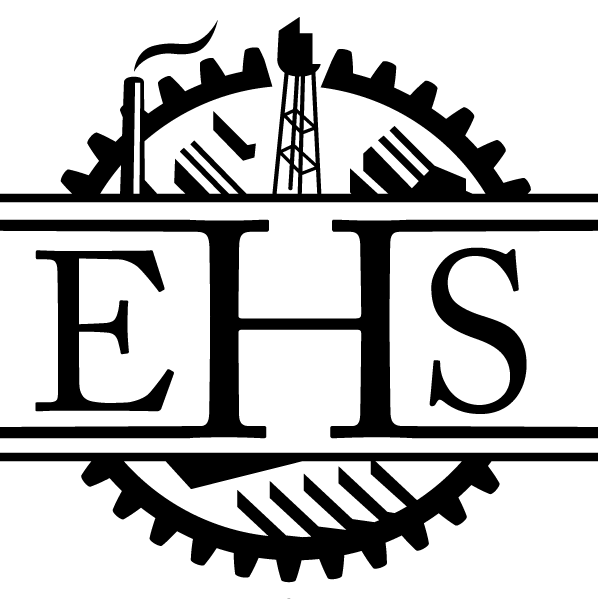
Pacific Manifolding Book Company
The brick facing you see here on the corner of Doyle and Powell streets is a portion of the original Pacific Manifolding Book Company that existed here from 1907 until the early 1980s.
British-Canadian founder Samuel J. Moore, considered the “godfather” of the business forms industry, helped grow Pacific Manifolding into the largest, most dominant business form printer in the country in the 20th century.
Throughout their early history, Pacific Manifolding manufactured business stationery, sales & order books, delivery receipts and other products related to documenting business and commerce transactions. Many of their products utilized flip-over carbon paper that created multiple copies of transactions from a single slip saving businesses from tediously creating duplicates for all parties.

Pacific Manifolding’s original location was in Oakland at the corner of Second and Oak Street. In 1906 the firm bought a full square block of property here in Emeryville bordered by Powell, Doyle, Stanford and Green (now Hollis).
They built a new, modern factory with modern machinery on the site that was completed the following year. The comfort of their workers was a major focus in the design of the facility, providing a clean, well-lit, well-ventilated, and spacious interior.
The single-story building was constructed of concrete and brick and was equipped with a large water tower to ensure a steady, properly pressurized water supply. The Berkeley Branch Line and the Southern Pacific Red Trains, both commuter railroads, ran next to the plant on the south side providing convenient transit options to their employees.
For commercial purposes, the building was serviced by a spur track connected to the Southern Pacific main line ensuring rapid delivery of their orders. The products manufactured at their plant were shipped to thousands of stores and businesses across the entire west.

Jobs at Pacific Manifolding were continually advertised in the local classifieds offering paid health care, retirement and regularly scheduled pay increases.
Young women were recruited to work at the plant that did not come without risks. The fast moving machinery could ensnare long hair and loose clothing and there are records of injuries at the facility. Acoustics at the facility from the constant whirl of machinery were presumed to be a nuisance.
Women were also hired to work as typists and bookkeepers. “Errand boys” were hired to send messages and packages, and a team of mechanics serviced and oiled the machinery.
The firm quickly grew to a workforce of 250 employees.

Harry Brown held the position of manager of the facility for 25 years until his death in 1932.
Pacific Manifolding and its employees were active in the community and sponsored several sports teams including baseball, volleyball, and basketball teams. They also organized a Mutual Aid Association that cared for workers in need of financial assistance.
The company experienced rapid growth, and the facility was expanded to take on the increased volume of business. By 1925 the operation had a workforce of 300.
Also In 1925, Pacific Manifolding forged ahead of competition by developing a single-use, disposable carbon paper.
During WWII, Pacific Manifolding assisted allied efforts by increasing production at the factory by operating two shifts.

In 1945, Pacific Manifolding officially changed their name to Moore Business Forms Inc. unifying nine companies under a single corporation.
Moore continued to grow, expand, and innovate throughout the decades.
In the 1970s, they built a state of the art facility in Grand Island, NY turning the company toward ink jet and direct printing technologies.
Moore began slowly phasing out their Emeryville operations and were gone by the early 1980s.

The company celebrated 100 years in 1982 and boasted over 1200 employees.
In 2003, Moore merged with rival Wallace Computer Systems, forming the Moore Wallace Corporation. Moore-Wallace was in turn acquired by R. R. Donnelley & Sons the same year.

5749 Doyle was home to a variety of businesses over the next few decades including a wine tasting store, a holiday decoration store and a crossfit studio.
The portion of the plant facing Hollis was occupied by BelAire Displays, Banziger Systems, Basis and pharmaceutical giant Roche.
in 2012, most of the facility was demolished to make way for The Parc on Powell Apartment complex.

Additional history regarding the Moore Business Forms Water Tower at the corner of Doyle and Powell is explained on the previous stop of this tour.




